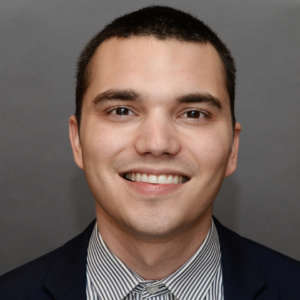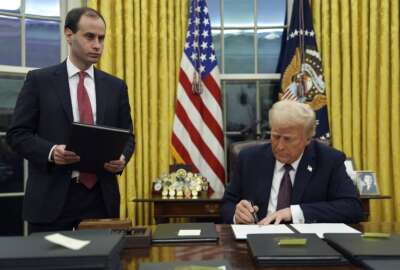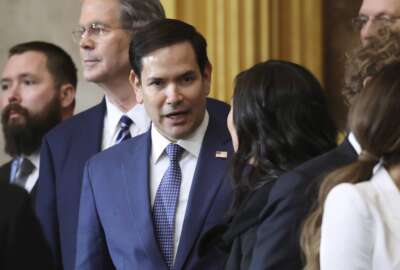In January, a map was published that startled the Defense Department. The intention of the publishers was innocent: to map exercise data of people using wearable devices. But the implications were large.
The map showed the movements of U.S. troops throughout the world and showed just how big the cyber attack surface is becoming for the military.
DoD ended up scrambling to review its wearable device strategy and leaves some to question if it’s time to add more standardization to the way the Pentagon approaches cyber.
Chris Cleary, director of business development and federal cyber strategy at Tenable, said IT, operational and intelligence worlds need to work more closely together so DoD isn’t caught flatfooted again.
Cleary, who previously worked at U.S. Cyber Command, said those worlds collided and there was a chasm between them.
“They traditionally were seen as very different communities. As the warfighter began to introduce himself to the intelligence community there was some pushback at times,” Cleary said during a discussion on Cyber Challenges in Defense and Evolving Mission sponsored by Tenable.
Cleary said as DoD created its cyber mission forces, which operate with the intelligence community, the lines of communication have improved.
“But it’s still not perfect by any stretch of the imagination. There are still differences of opinions, I’ll argue, between the intelligence community and the operations community and the IT community. It’s still going to take a little time to get them all working together, but the creation of the cyber mission force, I believe, is the catalyst that has forced this conversation to the forefront,” Cleary said.
One of the connective tissues between those communities can be industry, Cleary said.
“There are some things that are going to be fundamental to the way all cyber units do their mission,” Cleary said. “The trick is how do you continue to encourage the standardization?”
Cleary said industry needs to step up to the plate.
“They Air Force doesn’t build airplanes. They contract them out to Northrup Grumman, Lockheed Martin; they’re the experts in building those kinds of capabilities. Companies like Tenable are really the experts in building what it is that we do. I believe as DoD continues to scale that they are going to have to reach out to industry more and more because this is our business. Our business is to create technology, keep it up to date, ensure that it’s always ready and then provide that capability at scale to the end user,” Cleary said.
DoD has found that it’s no longer the leader in technology like it was in the 1960s and 1970s. Instead, companies like Google and Apple are leading the way with tech and some of the standards it uses.
The Pentagon is already reaching out to nontraditional tech companies to lead the way. About two and half years ago, DoD set up the Defense Innovation Unit Experimental. That organization is charged with reaching out to Silicon Valley-type companies, staying abreast of what they are doing and contracting with them to provide the most state-of-the-art products to the warfighter.









